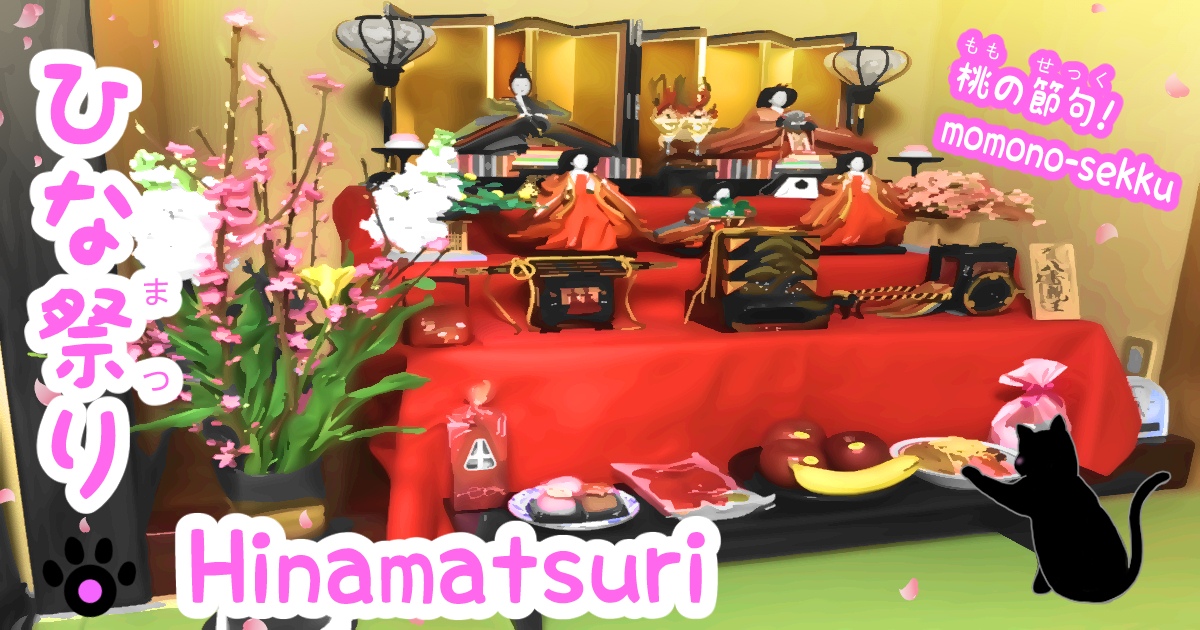Hinamatsuri (ひな祭り), which is called Doll's day or Girl’s Day in English, is one Japanese spring event on March 3rd. People celebrate and pray for girls' health and happiness. It is custom to display Japanese ornamental dolls on a tiered stand with a red carpet-like material and have a special meal with one's family.


Hinamatsuri (ひな祭り) is a calm spring festival with a special meal and beautiful Japanese dolls!
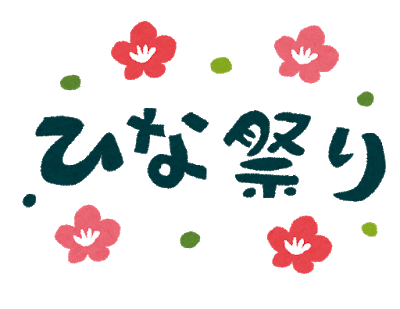
Hinamatsuri is a calm festival. Japanese people display many beautiful Japanese dolls and enjoy a special meal with family to celebrate.
2~3 weeks before March 3rd, mothers and daughters start to display Japanese dolls, and they get peach flowers and ingredients for a special meal and snacks for the day of Hinamatsuri.
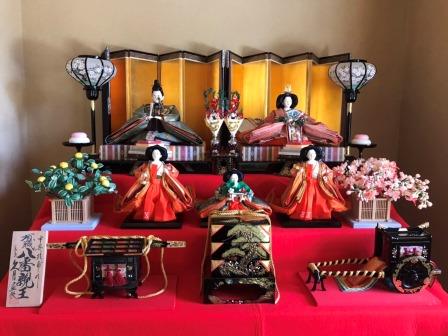
On the day of Hinamatsuri, grandmas and mothers make a special meal, and they make offerings for Japanese dolls to pray for their daughter's continued health and happiness. They have the special meal with their family for lunch or dinner with the Japanese dolls in sight.


桃の節句 (momono-sekku)

ひな祭り (hinamatsuri) is also called 桃の節句 (momono-sekku). 桃の節句 (momono-sekku) is one of the Japanese 5 seasonal event days which are related to seasonal plants or flowers. For Japanese people, those events are important for purifying and praying for a happy family life.
Around March 3rd, peach flowers bloom, so this day is called 桃の節句 (momono-sekku). Ancient Japanese also thought peaches have the power to purify!

Why do Japanese people display dolls on Hinamatsuri?
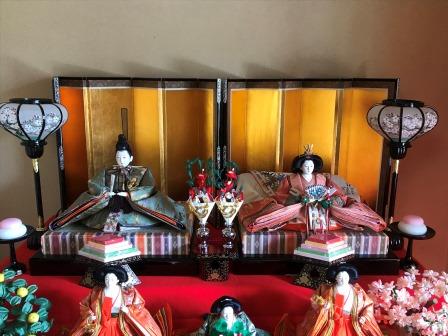
For ancient Japanese people, dolls had an important role for driving away impurity.
It is said that Hinamatsuri originated from Chinese culture to purify oneself by bathing in a river. The Japanese royal family started 流し雛 (nagashibina), which is to float paper dolls down a river. These dolls carry away their impurity, so they don't have to bathe in the river.

As decades went by, the Japanese royals used various types of dolls, such as woven dolls and ceramic dolls. In the Heian period (794-1185), they started 雛遊び (hina-asobi), or in other words, playing with those dolls as toys. Then that custom was gradually spread from the royal society to samurai society. In the Edo period (1603-1868), the custom of displaying dolls spread to ordinary people.


What kind of dolls are displayed?
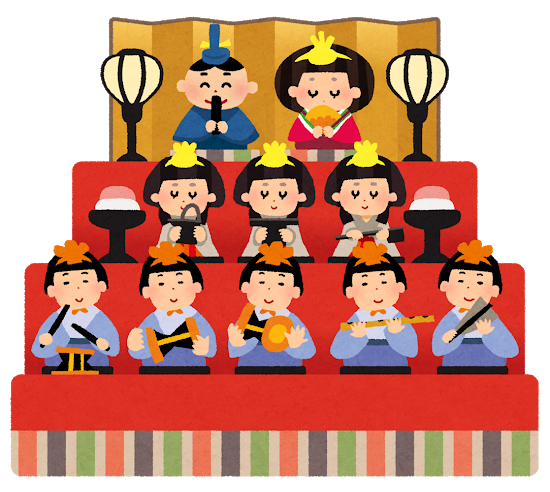
The most important dolls are the male and female dolls, called 男雛 (obina) and 女雛 (mebina) respectively. They are representative of the Emperor and Empress of Japan in a Heian period wedding.
If a family wants, they can buy more dolls to represent servants, musicians, and ladies of the court and display them on the 雛壇 (hinadan), or the multi-tiered stand. It depends on the family’s budget, because the dolls can get quite expensive.
The 1st tier お内裏様とお雛様 (odairisama to ohinasama)
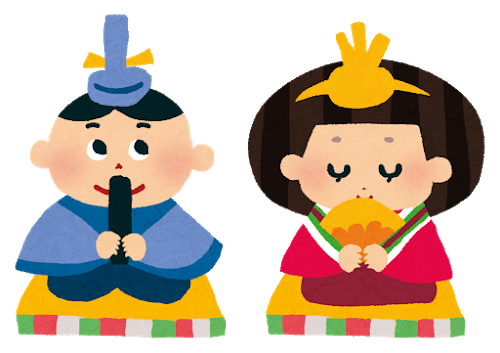
The Empress doll holds a folding fan in her hands, while the emperor holds a 笏 (shaku), a ritual baton. The shaku is said to have the important things about the ceremony written on it.

The 2nd tier 三人官女 (sannin-kanjo)
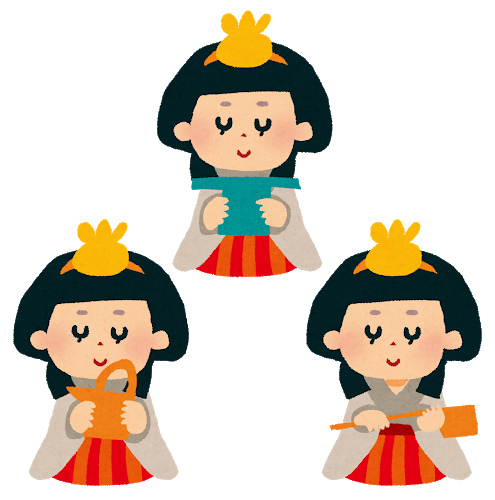
The second tier holds the 三人官女 (San’ninkanjo), or the court ladies. They serve rice wine (sake) to the male and female dolls, which is why they have sake equipment.
The 3rd tier 五人囃子 (gonin-bayashi)
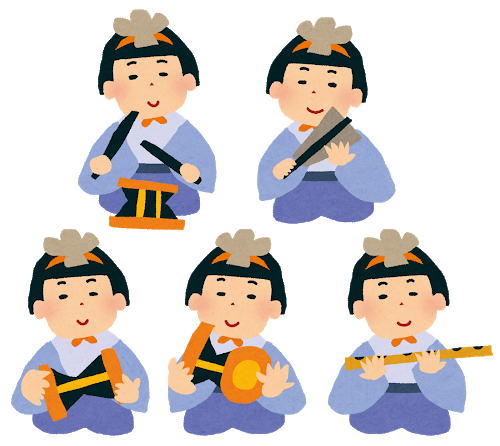
The third tier has the musicians, the 五人囃子 (gonin bayashi). Three have drums of different sizes, one has a flute, and one only has a fan, because he is the singer!
The 4th tier 随身 (zui-jin)
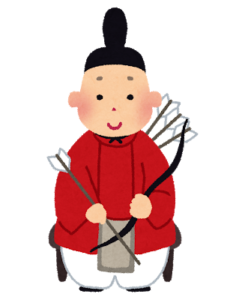
右大臣 (udaijin / Right minister) 
左大臣 (sadaijin / Left minister)
The fourth tier has the 右大臣 (udaijin) and 左大臣 (sadaijin), the ministers of the right and left. These could be the Emperor's bodyguards, or administrators in Kyoto. Sometimes they hold bows and arrows.

The 5th tier 三仕丁 (sanjicho)
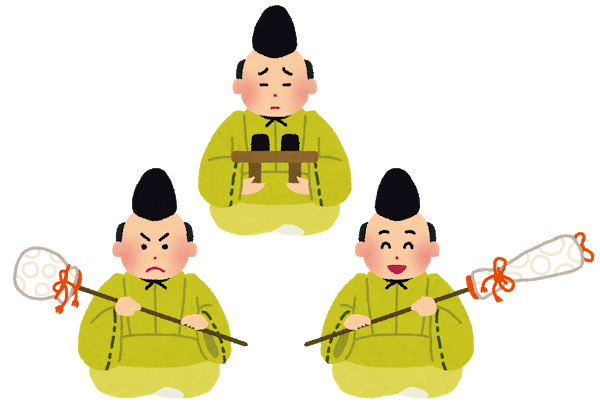
The fifth tier, holds three helpers, 仕丁 (shichō), or protectors, 衛士 (eji), of the Emperor and Empress.

The sixth and seventh platform hold different types of furniture or tools.
Miscellaneous decoration

Behind the dolls are the 屏風 (byoubu), the folding screen. There can be many styles of this with varying numbers of folds.

The 雪洞 (bonbori) are lanterns for the dolls. The lampshade is called 火袋 (hibikuro) which is decorated in cherry or plum blossoms.


Special meals for Hinamatsuri!
Japanese people have a special meal on Hinamatsuri. The main dish is ちらし寿司 (chirashizushi), which is made of vinegar rice, stir fried egg, fish meat, fish eggs, and shrimp.
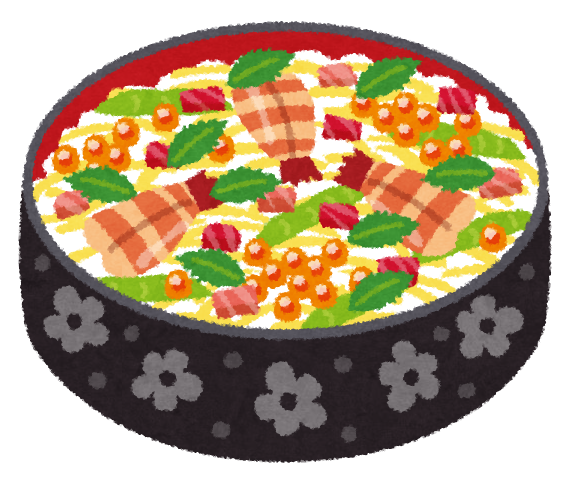
People also eat はまぐりのお吸い物 (hamaguri-no-osuimono), clam soup with ちらし寿司.
For dessert, they eat よもぎ餅 (yomogi-mochi), mochi that has mugwort kneaded into it, 菱餅 (Hishimochi), a rhombus-shaped mochi, and 雛あられ (hina-arare), small sweet rice crackers in various colors. Adults drink 白酒 (shirozake), white sweet sake.
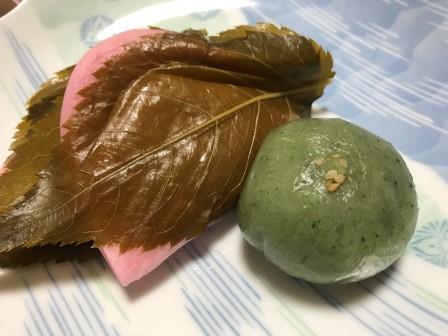
桜餅(sakura mochi/Left) よもぎ餅 (yomogi mochi/Right) 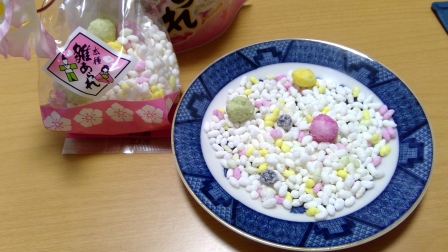
雛あられ (hina-arare)

Happy spring and family love💛
Hinamatsuri's customs may have changed over the eras, but a parent's love for their children never changes. This Hinamatsuri, if you have the chance, take a look at Japanese dolls and eat the special foods for this day!



